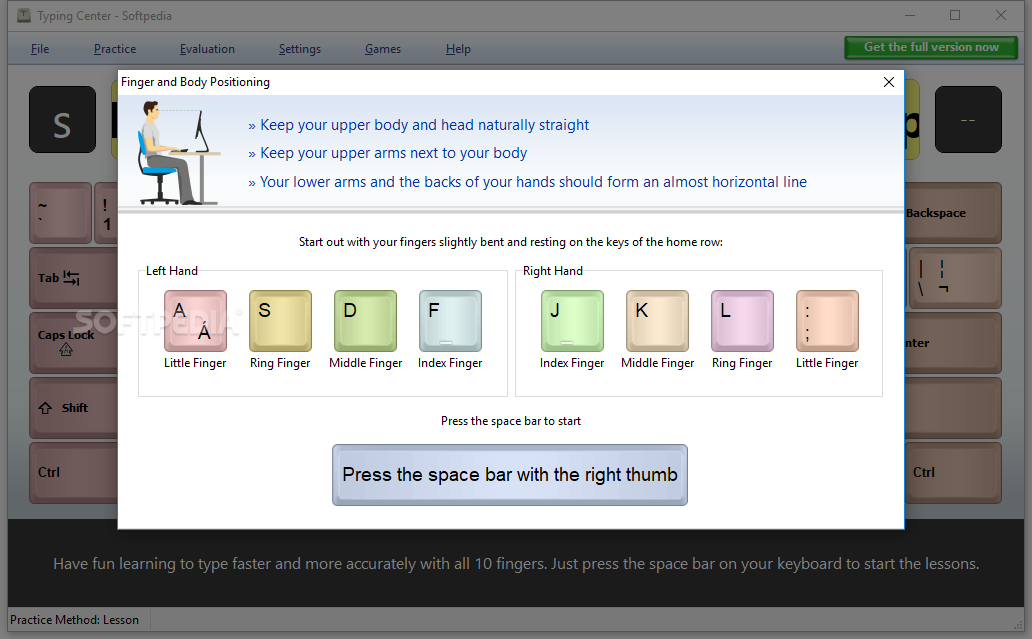

Similarly, if an Rh-negative individual is transfused with Rh-positive blood, it is likely that the person will produce antibodies against Rh-positive blood. If a unit of blood that is group A, B, or AB is transfused to this person, the antibodies in the recipient's blood will react with the red blood cells, destroying them and causing potentially serious complications. For example, people with blood group O have both anti-A and anti-B antibodies in their blood. A potentially fatal transfusion reaction can occur if a unit of blood containing an ABO antigen to which the blood recipient has an antibody is transfused to the recipient. Blood typing is performed in conjunction with other tests such as an RBC antibody screen and a crossmatch to determine what type of blood or blood components the person can safely receive. Ensure compatibility between the blood type of a person who requires a transfusion of blood or blood components and the ABO and Rh type of the unit of blood that will be transfused.In either case, the first exposure to the Rh antigen may not result in a strong response against the Rh positive cells, but subsequent exposures may cause severe reactions.īlood typing is used to determine an individual's blood group, to establish whether a person is blood group A, B, AB, or O and whether he or she is Rh positive or Rh negative. This can happen during pregnancy or birth when an Rh-negative woman is pregnant with an Rh-positive baby, or sometimes when an Rh-negative person is transfused with Rh-positive blood. That is, Rh antibodies develop only after a person who does not have Rh factor on his or her red blood cells (Rh negative) is exposed to Rh positive red blood cells. Unlike antibodies to A and B antigens, antibodies to Rh are not produced naturally. Thus, it is critical to match a person's blood type with the blood that is to be transfused. If a person who is group A with antibodies directed against the B antigen, for example, were to be transfused with blood that is type B, his or her own antibodies would target and destroy the transfused red blood cells, causing severe, potentially fatal complications. These antibodies are useful for determining a person's blood type and help determine the types of blood that he or she can safely receive (compatibility). The following table indicates the type of antibodies a person is expected to have based on their blood type. People with type AB blood have neither of these antibodies, while those with type O blood have both. For example, a person who is blood type A will have anti-B antibodies directed against the B antigens on red blood cells and someone who is type B will have anti-A antibodies directed against the A antigens. Our bodies naturally produce antibodies against the A and B antigens that we do not have on our red blood cells.

If the Rh protein is present on the red blood cells, a person's blood type is Rh+ (positive) if it is absent, the person's blood is type Rh- (negative). People whose red blood cells have A antigens are in blood group A, those with B antigens are group B, those with both A and B antigens are in group AB, and those who do not have either of these markers are in blood group O. Blood typing detects the presence or absence of these antigens to determine a person's ABO blood group and Rh type. Another important surface antigen is called Rh. Two major antigens or surface identifiers on human RBCs are the A and B antigens. Blood types are based on the markers (specific carbohydrates or proteins) or antigens on the surface of red blood cells (RBCs).


 0 kommentar(er)
0 kommentar(er)
